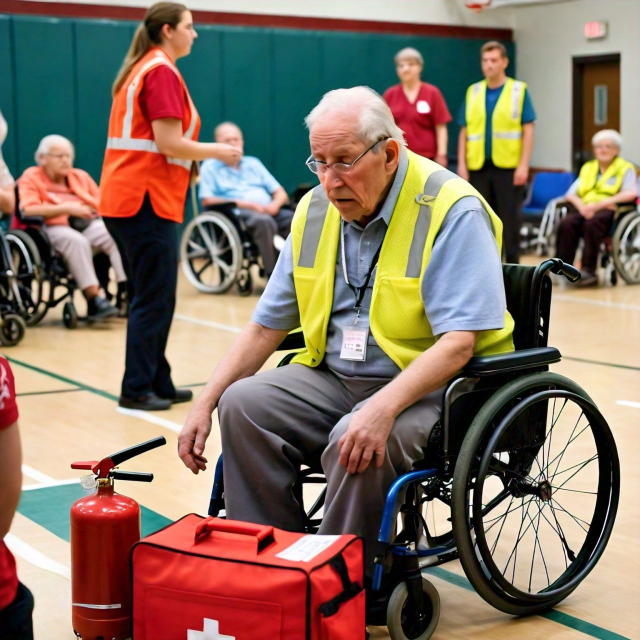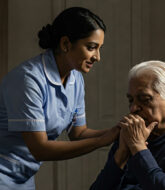Peace of mind is a crucial part of home care, both for seniors and their loved ones. While we hope for the best, being prepared for emergencies is essential. Regular emergency drills can significantly improve a senior’s safety and response time in a crisis. Here’s why emergency drills are a home care essential and how to conduct them effectively.
Why Drills Matter in Home Care?
Emergencies can be overwhelming, especially for older adults receiving elder care. They can heighten confusion, anxiety, and hinder clear thinking. Drills act as a practice run, familiarizing seniors with escape routes, communication procedures, and what to do in different emergency scenarios. This fosters calmness, reduces fear, and ensures efficient action during an actual event.
Types of Emergencies to Prepare For
- Fires: Practice escape routes, including exits and meeting points outside. Ensure smoke alarms are functional and seniors know how to use a fire extinguisher (if comfortable).
- Medical Emergencies: Role-play calling emergency services, including practicing how to find and relay crucial medical information.
- Natural Disasters: Discuss local disaster risks (floods, earthquakes) and plan according to them. Practice sheltering in place or evacuation procedures as needed.
- Power Outages: Ensure a working flashlight is readily available and discuss alternative communication methods for contacting help.
Conducting Effective Emergency Drills
- Plan and Discuss: Involve the senior in planning the drills. Discuss different emergencies, response protocols, and answer any questions they might have.
- Start Simple: Begin with short, low-stress drills. For example, practice using the fire extinguisher or calling for help using a cell phone.
- Keep it Realistic: Simulate real-life scenarios. For a fire drill, use a non-threatening sound or announce a “pretend fire” to avoid unnecessary alarm.
- Positive Reinforcement: Focus on building confidence and provide encouragement throughout the drills. Celebrate successes and address any concerns.
- Incorporate Caregivers: If there’s a home care provider, involve them in the drills. Ensure everyone understands their roles and responsibilities.
- Regularity is Key: Schedule drills regularly, every quarter or so, to keep safety procedures fresh in everyone’s minds.
- Adapt and Update: As circumstances change, adjust the drills accordingly. For instance, if a senior’s mobility declines, modify escape routes or practice alternative evacuation methods.
Additional Home Care Safety Tips
- Maintain a Safe Environment: Ensure the home is free of clutter and trip hazards. Install grab bars in bathrooms and consider medical alert systems for added security.
- Emergency Preparedness Kit: Assemble a well-stocked kit containing essentials like non-perishable food, water, first-aid supplies, medications, and a battery-powered radio.
- Communication Plan: Develop a communication plan with designated contacts who can be reached in case of emergencies.









